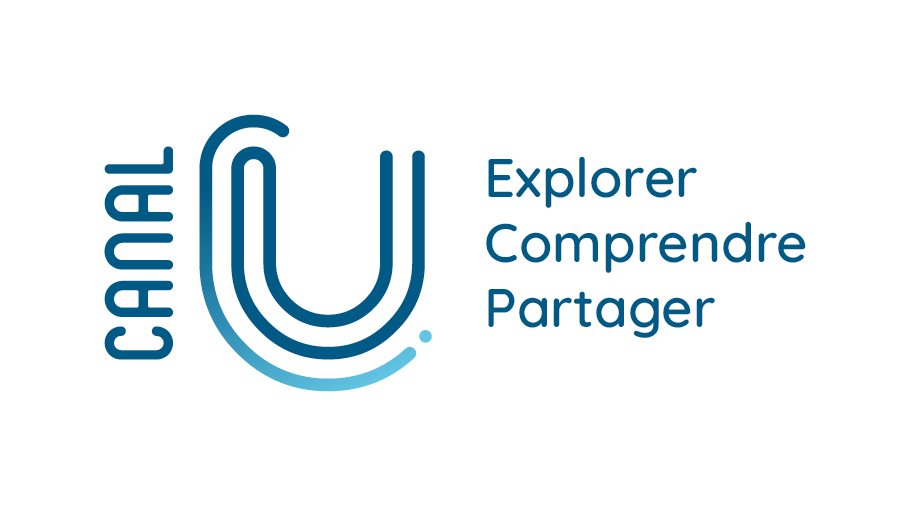
Sommaire
A new preclinical model to test the response of breast cancer to genomically targeted therapy
Date de création :
07.11.2014Auteur(s) :
Richard IGGOPrésentation
Informations pratiques
Droits réservés à l'éditeur et aux auteurs. Creative Commons (BY NC)
Description de la ressource
Résumé
Translational science : how to move from biology to clinical applications The rapid progress in next generation DNA sequencing technology (NGS) means it is now possible, in principle, to obtain a complete list of the genetic abnormalities in a tumour. In practice, clinicians use NGS to obtain a much shorter list of "actionable" mutations that can be targeted with available drugs or used as prognostic markers. Unfortunately, the mere presence of an actionable mutation does not guarantee a response to the cognate drug, as shown by the SAFIR1 study (André et al 2014). To spare patients unnecessary exposure to experimental drugs, we need to prove that their tumours are addicted to the oncogenes we are trying to target. In practice, this means validating proposed treatments on patient-derived xenografts (PDX) before treating patients. This explains the resurgence in interest in PDXs, but the low take rate and slow growth rate of hormone receptor-positive (ER+) breast tumours make it difficult to obtain drug response data in a clinically meaningful timeframe, if at all. Injection of tumour cells into the mammary ducts is a new approach to xenografting developed by Dan Medina's lab to study ductal carcinoma in situ (DCIS). DCIS is notoriously difficult to graft, but Medina and colleagues reported a success rate of nearly 80% with ER+ DCIS. What this tells us is that the mammary ducts create a special microenvironment that provides ideal conditions for the survival and growth of ER+ DCIS cells. We have used intraductal injection to study preneoplastic and invasive breast cancer cells. By injecting genetically engineered preneoplastic human cells into the ducts through the nipple we can completely replace the murine luminal layer with a morphologically normal layer of human luminal cells, a technique we call "humanisation" of the mouse mammary ductal tree (Verbeke et al, submitted). We are now developing protocols to measure the therapeutic response of human patient-derived breast cancer xenografts, with the goal of providing feedback to clinicians within 8 weeks of taking biopsies. We see the combination of NGS and PDX in the neoadjuvant setting as a possible solution to the problem of identifying and killing lethal clones in heterogeneous breast tumours. Cette présentation a été donnée dans le cadre du Scientific BRIO Day 2 organisé annuellement par le SIRIC BRIO et qui a pour but de réunir tous les acteurs du SIRIC BRIO et plus largement de la cancérologie à Bordeaux.
"Domaine(s)" et indice(s) Dewey
- Cancer (616.994)
Domaine(s)
- Cancérologie
- Maladies infectieuses, parasitaires et fongiques
- Médecine du sport
- Médecine du travail
- Médecine interne
- Médecine Militaire
- Médecine nucléaire
- Oncologie médicale
- Santé et médical
Intervenants, édition et diffusion
Intervenants
Édition
- Université de Bordeaux - Service Audiovisuel et Multimédia
Diffusion
Document(s) annexe(s)
- Cette ressource fait partie de
Fiche technique
- LOMv1.0
- LOMFRv1.0
- Voir la fiche XML




